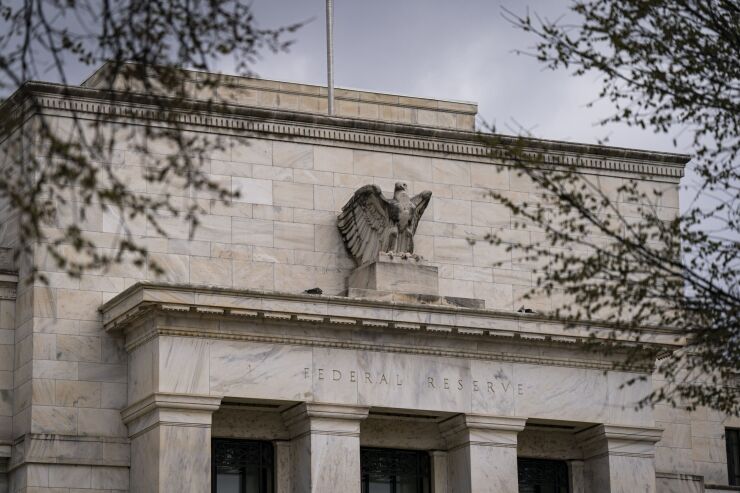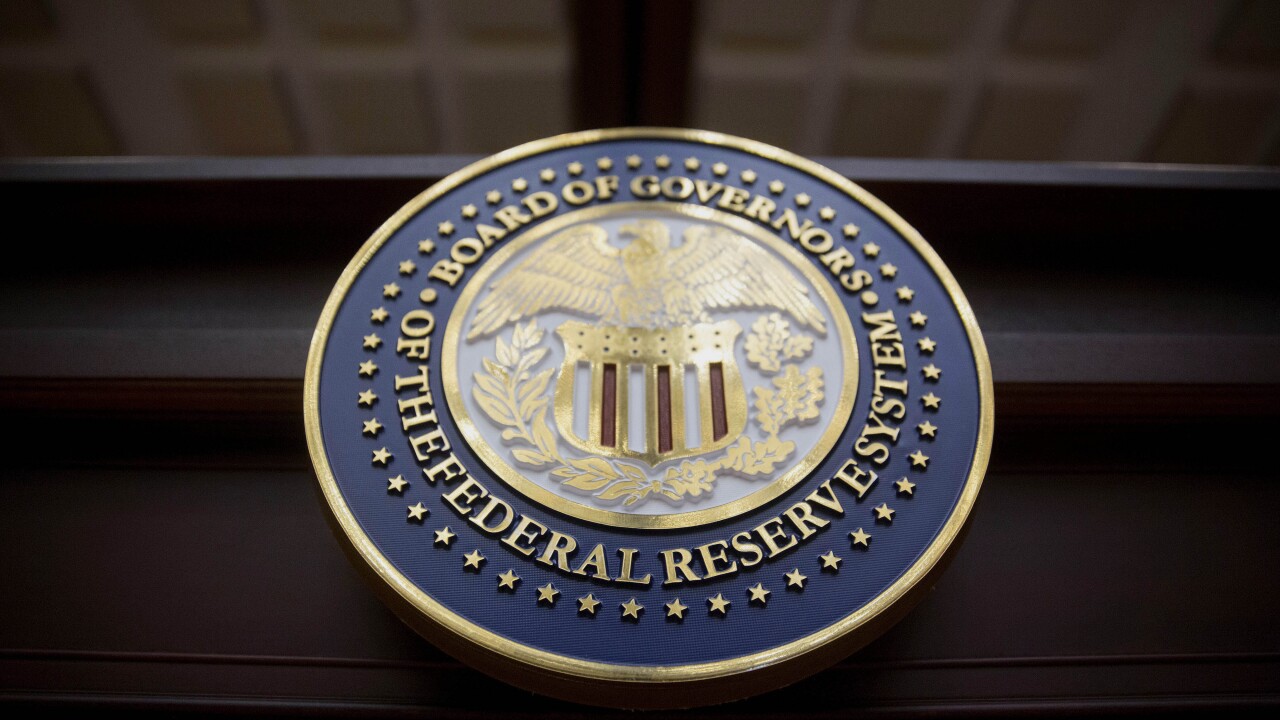
Lobbyists representing the big banks must have let out a cheer when they heard the Fed's plans to
The eSLR is designed to ensure the biggest banks
The move is a pivotal moment for the country's smaller financial institutions. It comes after months of chatter about deregulation pushes and is confirmation that top regulators are firmly prioritizing larger banks.
But this spells big trouble for our country's community banks. For years, the country's largest banks have dominated the sector, sweeping up market share and steadily drowning out the competition — with this policy shift, it could get a whole lot worse.
Don't get me wrong, community banks do a remarkable job with the resources they have. They offer competitive products, often outperforming larger competitors on fees and rates, and support their local communities by reinvesting in their towns and creating jobs in the area.
Not to mention the fact that out of the 4,593 banks in the U.S., 97% are community banks. They service 35% of all small-business loans, 30% of commercial real estate loans and 70% of agricultural loans — not only do they make a positive impact on their communities, but they are also fundamental drivers of the economy.
They need protecting, but policies such as these only jeopardize their future.
With cuts to the eSLR, the Big Four will grow even stronger, bolstered by the billions of dollars the policy shift will free up. All of a sudden, they'll be able to drastically increase their lending capacity and will try to bring as many new customers into the fold as possible. In fact, we've already heard that this is their intention straight from the horse's mouth.
Off the back of the latest round of impressive bank earnings, Wells Fargo's Chief Executive Charlie Scharf declared that he was "encouraged" by regulators' softer approach and predicted that the shift in their stance would allow the bank to "compete more effectively."
But with all of the Big Four likely to take the same approach, it's a recipe for disaster – Wells Fargo will try to outdo Bank of America on loan rates, and JPMorgan will take the fight to Citigroup, pushing rates lower and lower until community banks simply cannot compete.
The four largest U.S. banks already swallow up 44% of the entire sector's profits, but that's set to grow if these plans come to fruition. In many cases, they'll take directly from community and regional banks' customer bases.
After passing the Federal Reserve's stress tests with high marks, large banks announced dividend increases. In some cases, they also said the Fed had conceded that certain prior calculations needed to be revised.
As if a rapid increase in lending capacity won't be harmful enough, smaller banks will also have to contend with the titans of the industry becoming even more technologically advanced.
The technological lag is already posing a serious threat to community banks, but with billions of dollars ready and waiting to be deployed, you can guarantee industry giants will allocate serious funds to tech and extend the gap further.
We'll see them grow their already significant teams of data scientists, modernize already sleek mobile apps and speed up their already automated risk analysis processes. JPMorgan alone has set aside a massive $18 billion for technology this year, and despite nine out of 10 community banks wanting to follow in their footsteps, they just don't have access to the same mounds of capital.
So, you see, proposals to slash the eSLR could seriously threaten community banks' survival. And I fear the deregulation train hasn't yet come to its final stop.
Twenty-two of the largest banks have just passed the Fed's stress tests with ease, paving the way for further capital requirement cuts and lighter oversight from the central bank.
And on top of this, I wouldn't be surprised if we saw Basel III endgame proposals watered down even further than last September. Jerome Powell has been open about his views that the previous proposal set requirements "well above" international standards, and that he'd like to take a "fresh start." All the signs are pointing to further capital requirement cuts and yet more pain for our smaller financial institutions.
With such an approach, you have to wonder where the Fed's priorities lie. Back in February, Vice Chair Michelle Bowman argued that community banks "are essential to the success of the American economy" — but I'm struggling to believe that's really the central bank's view.
Reducing capital requirements will only give the biggest banks free rein to reach more customers, sophisticate their products and processes with technology and crush the community banks that contribute to our diverse, healthy banking system.
The Fed must bump the future of smaller institutions further up its priorities list, or it will do untold damage to community banks and the broader financial ecosystem they're a part of.






